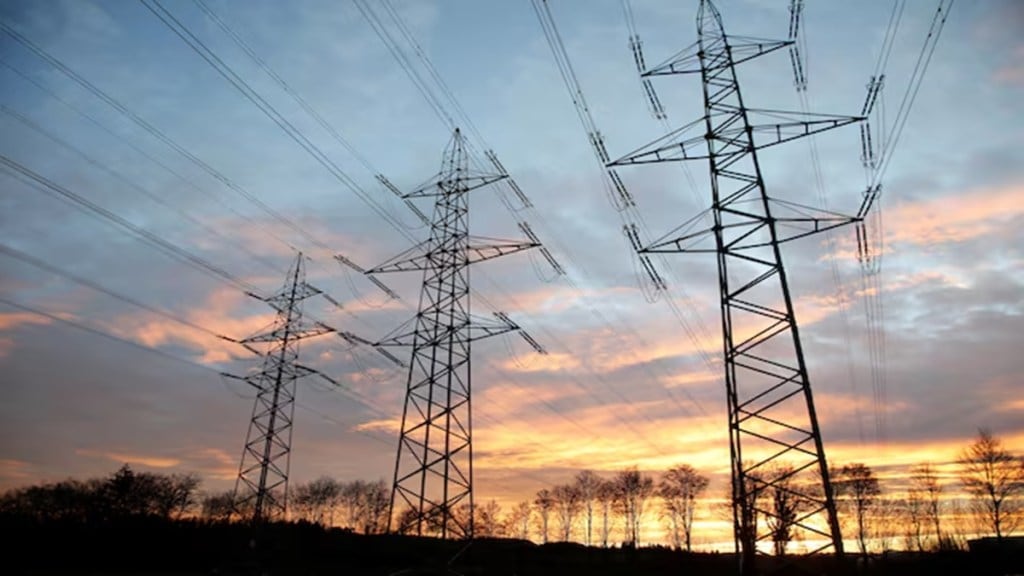Last month, the MCX got the markets regulator’s nod to launch electricity futures. These futures contracts will strengthen the power trading ecosystem and provide market participants a structured mechanism to hedge against electricity price volatility, explains Kamlesh Jogi
Understanding electricity futures
Electricity cannot be stored economically on a large scale, which makes its pricing and supply inherently volatile. Demand for it is also volatile, varying widely across hours of the day, days of the week and months of the year. To manage the risks arising out of volatile electricity prices and to facilitate better planning, financial markets have developed electricity derivatives, most notably electricity futures. These electricity futures are standardised financial contracts that enable participants to buy or sell electricity at a pre-determined price for future settlement, distinguishing them from spot markets where transactions occur for immediate settlement. The contracts are particularly valuable in an environment where electricity prices can fluctuate significantly.
Average Monthly Volatility in the spot electricity prices during January 2016-May 2025 was as high as 20.4%. This volatility poses financial risks for buyers and sellers. Electricity futures can play a crucial role in hedging against price risk, providing stability to significant stakeholders in the energy market such as electricity generators, distribution companies, industrial consumers and traders.
Price discovery, investments & planning
Futures market adds transparency and depth into pricing. Futures reflect the collective market expectations of future supply-demand conditions. This helps make better-informed decisions against relying solely on short-term or spot market trends.
Long-term investments in power generation and transmission need certainty over future returns. Electricity futures can serve as benchmark contracts that developers use to assess project viability, secure financing, and negotiate power purchase agreements. A generator can secure a minimum selling price for the electricity it intends to produce, while an industrial consumer can lock-in its future power purchase costs, thus mitigating the impact of potential price spikes. Utilities can use futures to plan procurement schedules, manage peak-load costs and allocate budgets more effectively.
The global experience
The Pennsylvania-New Jersey-Maryland (PJM) Interconnection is a key regional transmission organisation in the US that has significantly contributed to the growth and organised trade in electricity markets. Electricity futures are traded on platforms like NYMEX, which are linked to specific hub prices. This has led to reduced price volatility in the US and enhanced market depth.
In Europe, Nord Pool and the European Energy Exchange (EEX) play critical roles in the electricity derivatives markets, providing futures contracts extending up to six years. EEX operates across various European nations and is integrated with the EU carbon trading markets.
Monthly base load contracts on MCX
The Multi Commodity Exchange of India (MCX) is set to launch electricity futures following regulatory approvals, marking a key development in India’s evolving power sector. As the country sees growing renewable energy integration, smart grid adoption and volatile demand patterns, these futures aim to offer better risk management and price discovery tools.
The MCX Electricity Futures will be Monthly Base Load contracts with a four-month tenure. Contracts will be introduced on the first business day of each month and will trade until the business day before the contract’s expiry month-end. These will be financially settled, based on the Volume Weighted Average Price (VWAP) of the Day-Ahead Market’s Unconstrained Market Clearing Prices (DAM-UMCPs) on the IEX for each day in the expiry month. With this launch, MCX aims to strengthen the power trading ecosystem and provide a structured mechanism to hedge against electricity price volatility.
Future-ready with power derivatives
India is seeing significant growth in demand for electricity, driven by rapid urbanisation, electrification, industrial expansion, growing digital infrastructure and rising cooling and heating needs. Per capita electricity consumption rose to 1,538 kilowatt-hours (kWh) in FY25, up from 1,395 kWh in FY24, according to the ministry of power. Given these dynamics, the electricity derivatives market is poised for significant growth. As electricity consumption surges, the necessity for effective price risk management will become increasingly critical. With the ongoing integration of renewable energy and increasing volatility in the spot market, the demand for price stability through these derivative instruments is expected to grow, unlocking a multi-billion-dollar opportunity within the energy trading ecosystem. As the electricity ecosystem evolves fuelled by decarbonisation, digitisation and decentralisation, electricity futures will become an indispensable component of economic planning and energy security.
The writer is manager – Research, MCX. Views are personal.
